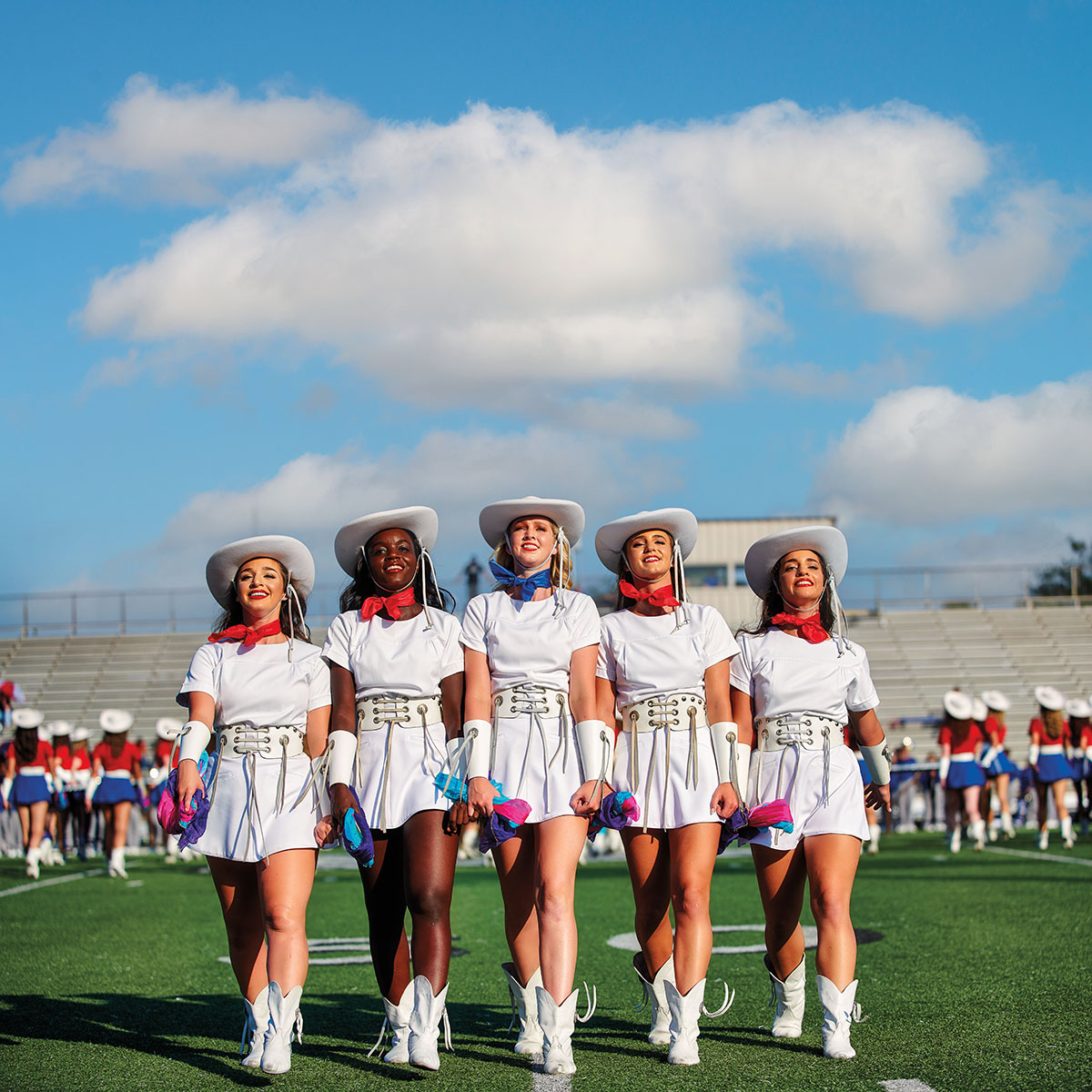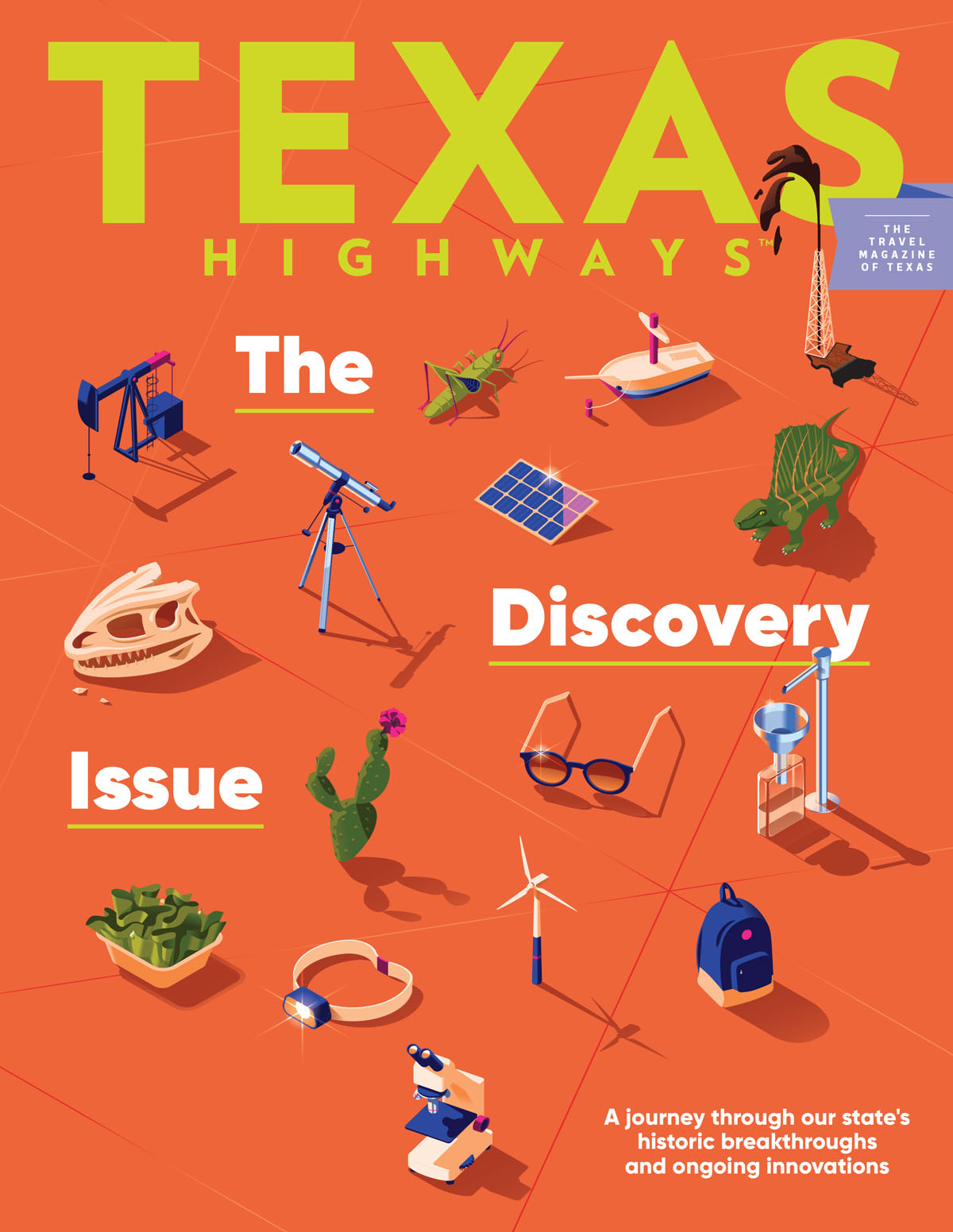
Welcome to Texas!
The 2024 Texas State Travel Guide and Texas Official Travel Map covers feature the Kilgore College Rangerettes, pioneers in dancing drill teams since 1940. Take in a half-time performance or visit the Rangerette Showcase & Museum in Kilgore. The photos are the work of Bowie-based photographer Dave Shafer. See more of his photographs of East Texas.
From the remote mountains of Big Bend to the dense forests of the Piney Woods, and the warm waters of the Gulf Coast to the refreshing rivers of the Hill Country, Texas boasts an enticing array of landscapes to explore. As any longtime Texan will tell you, there is no better way to experience the vastness and diversity of the state than behind the wheel of your car. Encompassing 254 counties and 268,597 square miles, the country’s second-largest state offers a seemingly endless number of routes and itineraries. Whether you want to explore the region’s rich history, experience its diverse cultural offerings, or dine at nationally acclaimed restaurants, the Lone Star State rewards every kind of traveler.
In addition to listings for more than 2,400 attractions in nearly 500 cities, the 2024 Travel Guide includes themed and regional road-trip itineraries. Opportunities for adventure abound: Explore canyons in the Panhandle, embrace small-town life, seek year-round opportunities for wildflower viewing, learn about Texas’ freedom colonies, or enjoy the solitude at one of our more remote state parks. Gas up your car, prep your favorite tunes, and get ready to be inspired by the open road.
–The Texas Highways Team




